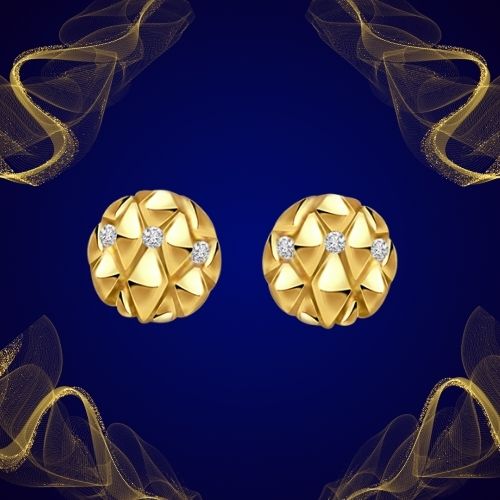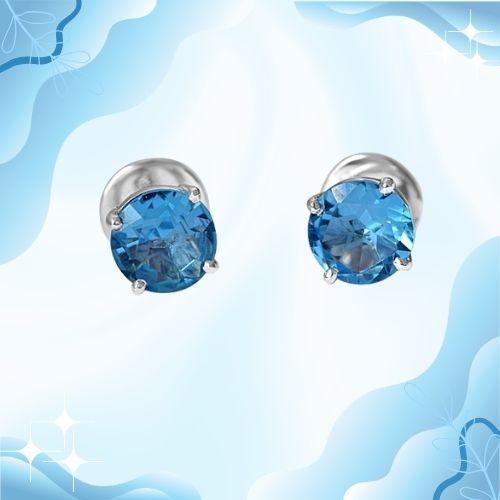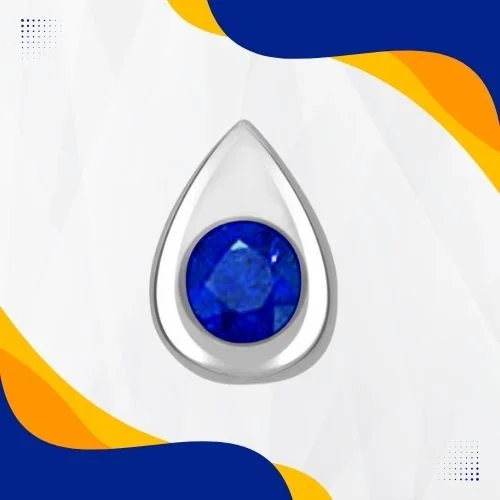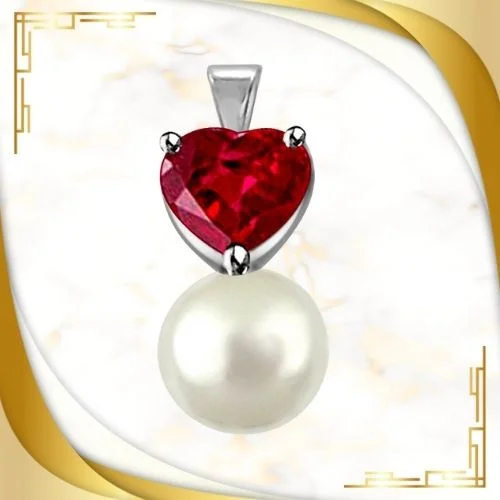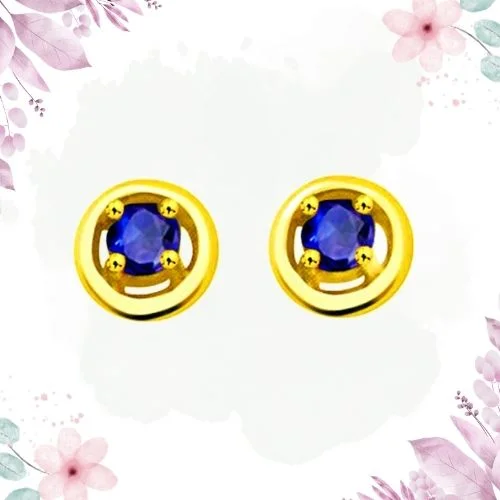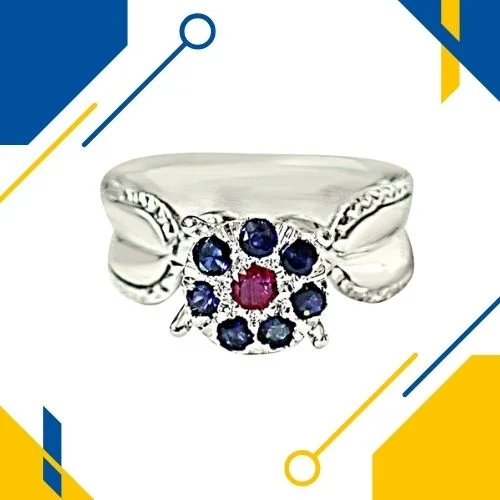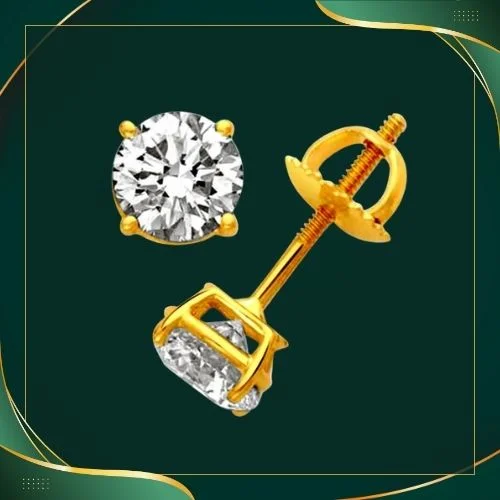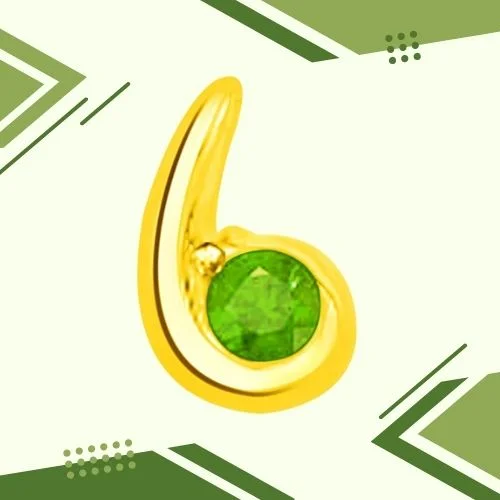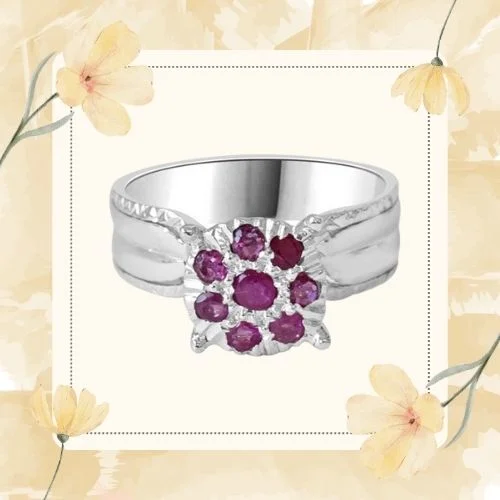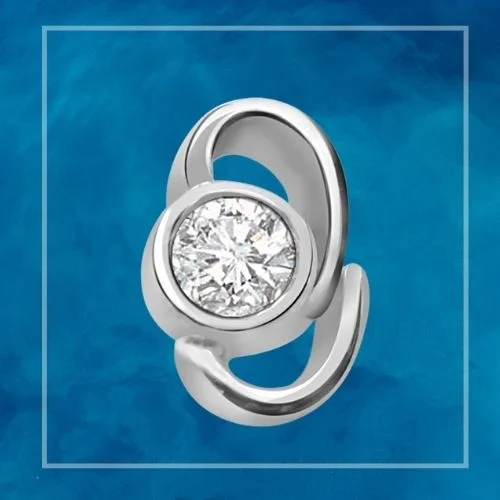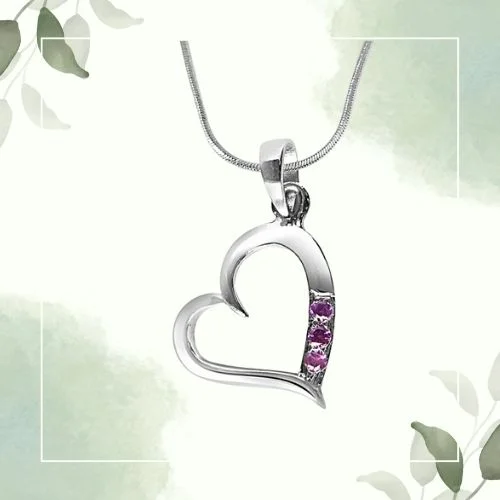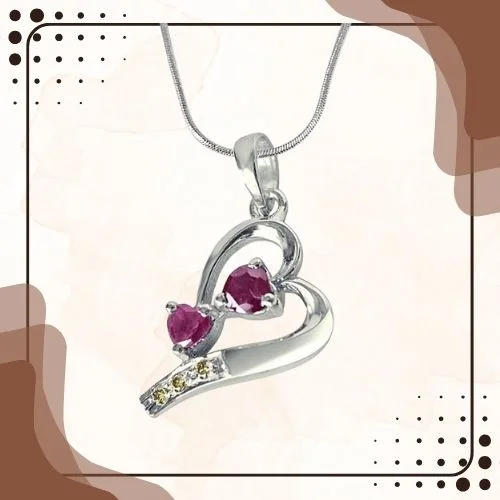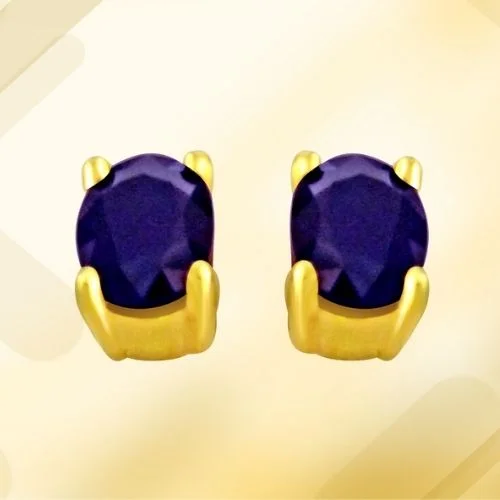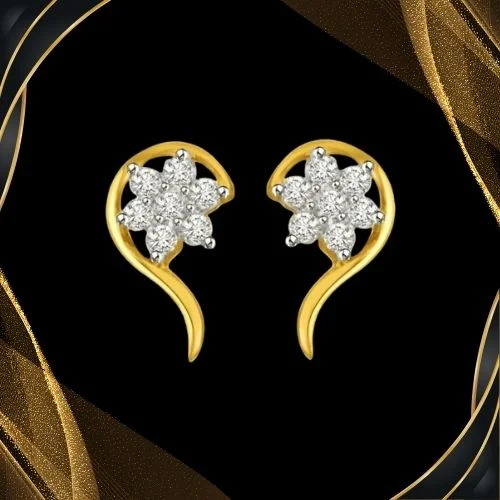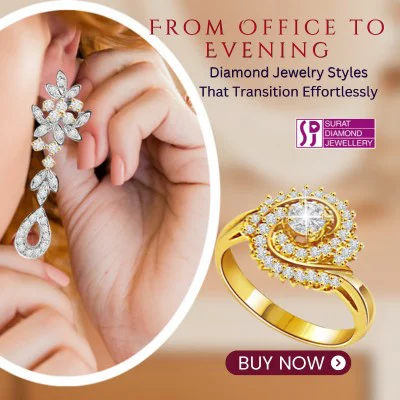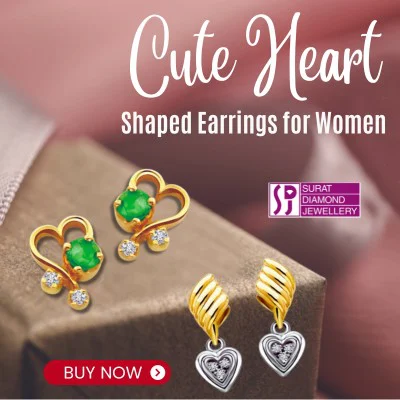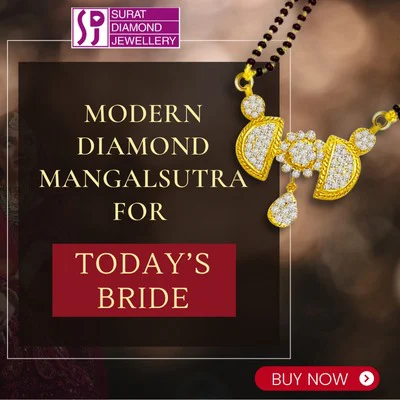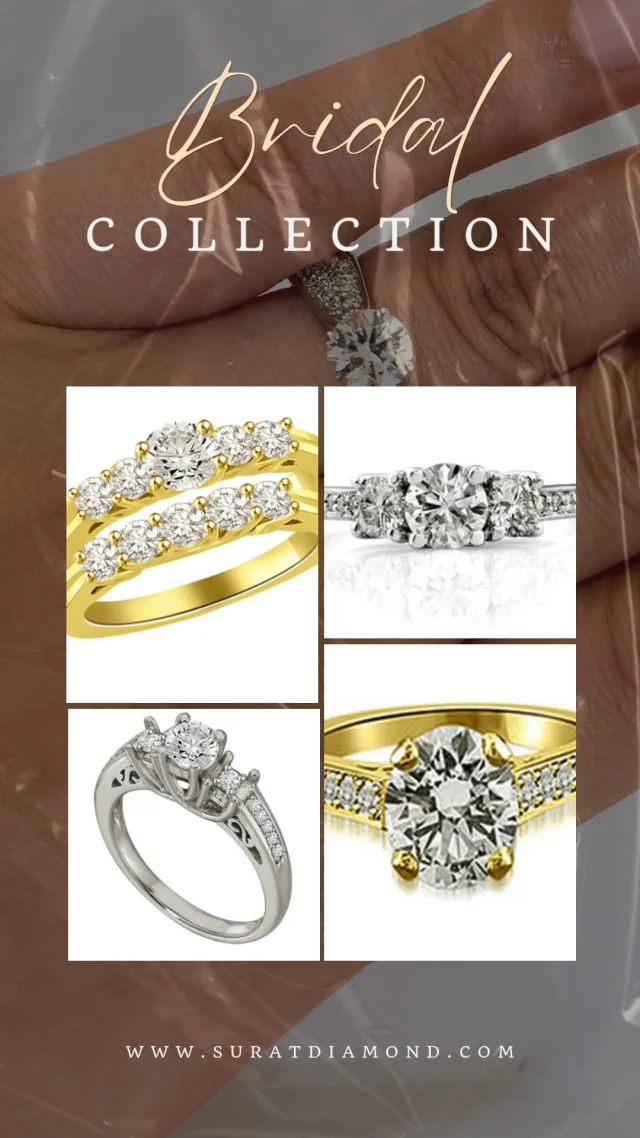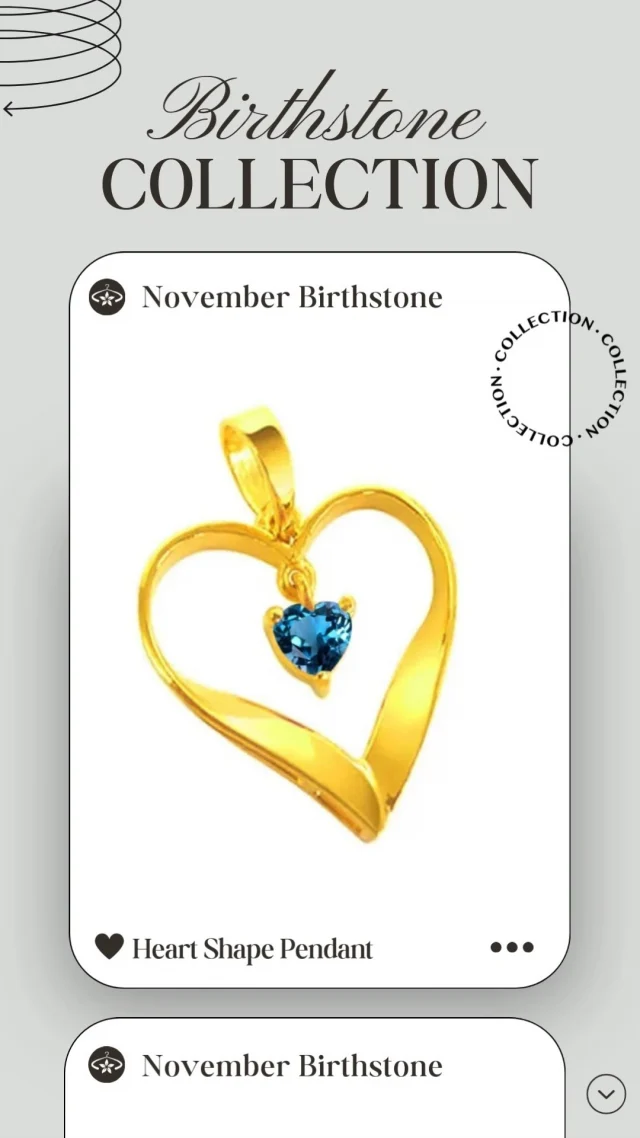Kids’ Jewellery Safety Tips Every Parent Should Know
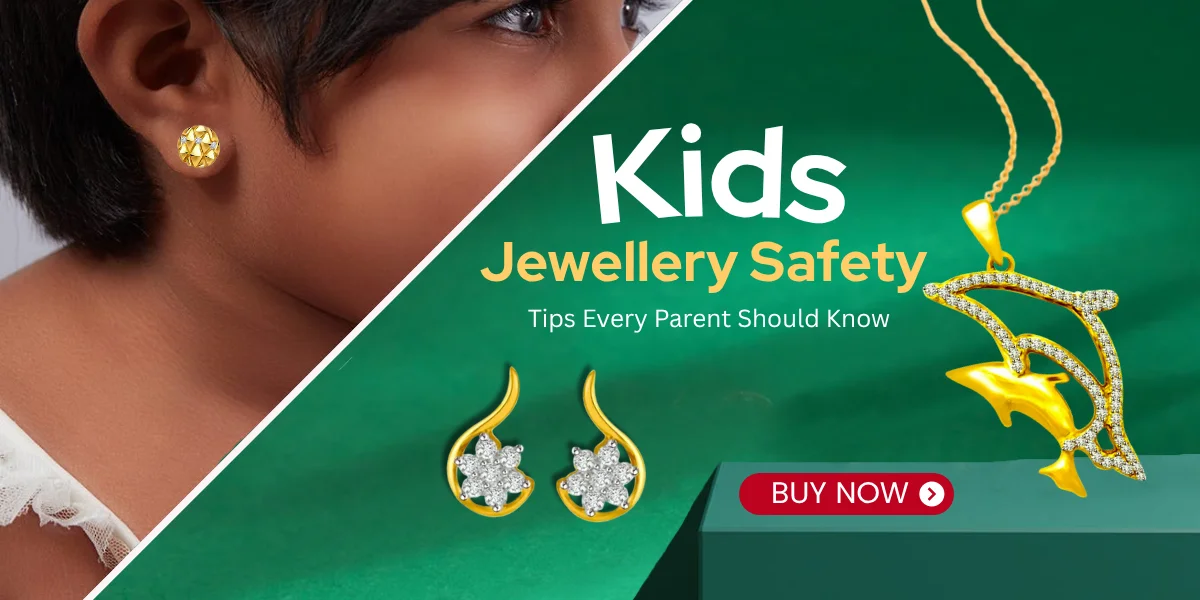
Kids’ Jewellery Safety Tips Every Parent Should Know
Introduction: Why Kids’ Jewellery Safety Matters
Understanding the Risks of Kids Jewellery
Key Kids Jewellery Safety Tips for Every Parent
-
Inspect Before You Buy: Always check clasps, beads, and finishes.
-
Age Guidelines Are Key: What’s fine for a 10-year-old may not suit a 2-year-old.
-
Opt for Breakaway Clasps: These release under tension, preventing strangulation.
-
Choose Hypoallergenic Materials: Stainless steel, sterling silver, and gold-plated metals reduce rash risk.
-
Supervise Young Trendsetters: Never leave toddlers wearing jewellery unsupervised.
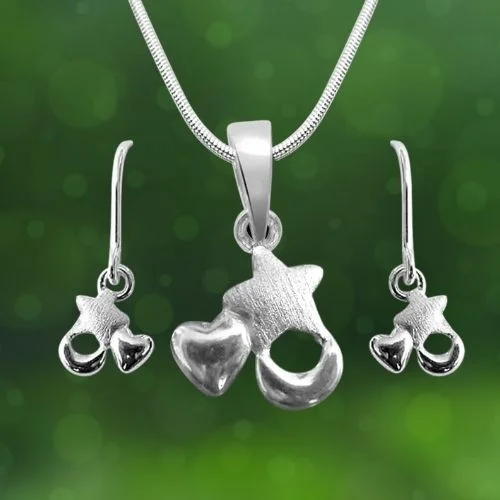
Choosing Age-Appropriate Jewellery for Toddlers and Kids
Material Matters: Hypoallergenic & Non-Toxic Metals
Size & Fit: Preventing Choking and Snagging
Closure Types: Secure Clasps vs. Quick-Release
Jewellery Safety for Children with Active Lifestyles
Diamonds & Delicate Pieces: Safe Ways to Sparkle
Diamond Studs: A Timeless, Secure Choice
Avoiding Dangling Disasters: Why Small Is Smart
Care and Maintenance: Keeping Gems Shiny and Safe
Jewellery for Toddlers: Minimalist Designs and Supervision
Storing and Organizing Kids’ Gems at Home
Display vs. Storage: Lockable Cases and Soft Pouches
Teaching Responsibility: Involving Kids in Organizing
Aligning with Google’s Helpful Content Guidelines
Expertise, Experience, and Trustworthiness
Originality, Actionability, and Audience Focus
Shopping Safely: Where to Buy Trusted Kids Jewellery
Conclusion: Confident, Safe Sparkle for Your Child
Key Takeaways
Jewlery can empower your child’s creativity and confidence, but safety must come first. Start by selecting age-appropriate, hypoallergenic materials—think medical-grade stainless steel or 14K gold plating—and ensure correct sizing and quick-release closures to prevent choking and strangulation. For active kids, minimalist choices likediamond studsor silicone teething pendants reduce snag risks. Regular care—microfiber cloth wipes, prong checks—and organized storage in lockable, compartmentalized boxes keep each piece in top condition. Finally, shop trusted sources likeSurat Diamondfor certified, kid-safe designs that blend sparkle with security. With these solid kids jewelry safety tips, you’re all set to let your child shine—safely and stylishly.
FAQs
What age is safe for my child to start wearing jewellery?
Most experts recommend waiting until age three, when choking risks decrease and kids understand not to pull at small parts.
How do I know if my child is allergic to jewellery metals?
Look for redness or itching within hours of wear. Opt for hypoallergenic metals like surgical steel or gold to avoid reactions.
Can toddlers wear bracelets or rings safely?
Only if the pieces are large enough not to slip into the mouth and have quick-release clasps. Supervised wear is essential.
Are lab-grown diamonds safe for children?
Yes—lab-grown diamonds offer the same hardness and sparkle as mined gems and can be set in safe, certified metals.
How often should I inspect my child’s jewellery for safety?
Check clasps, prongs, and bead integrity every week—especially after active play—to ensure nothing is loosening.


